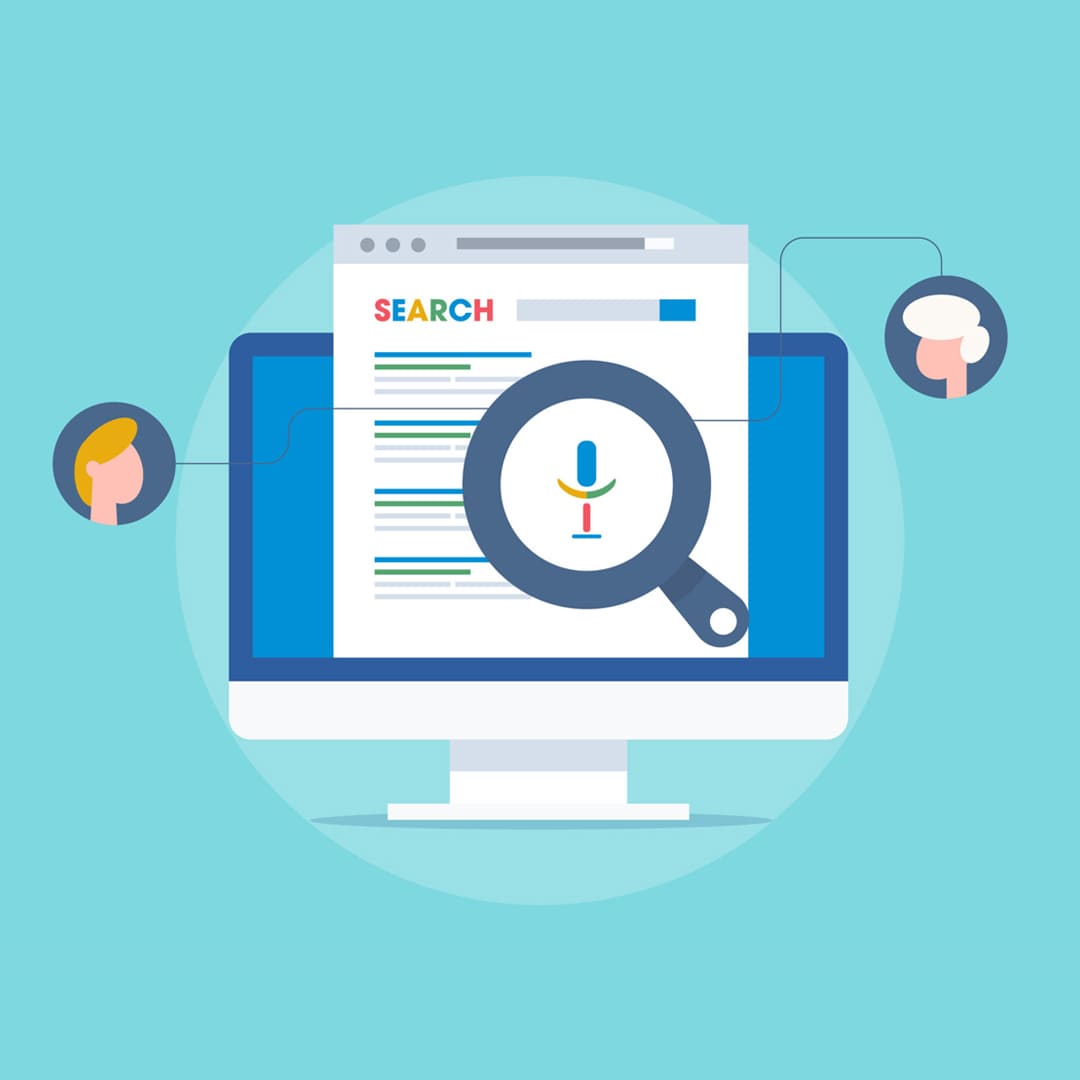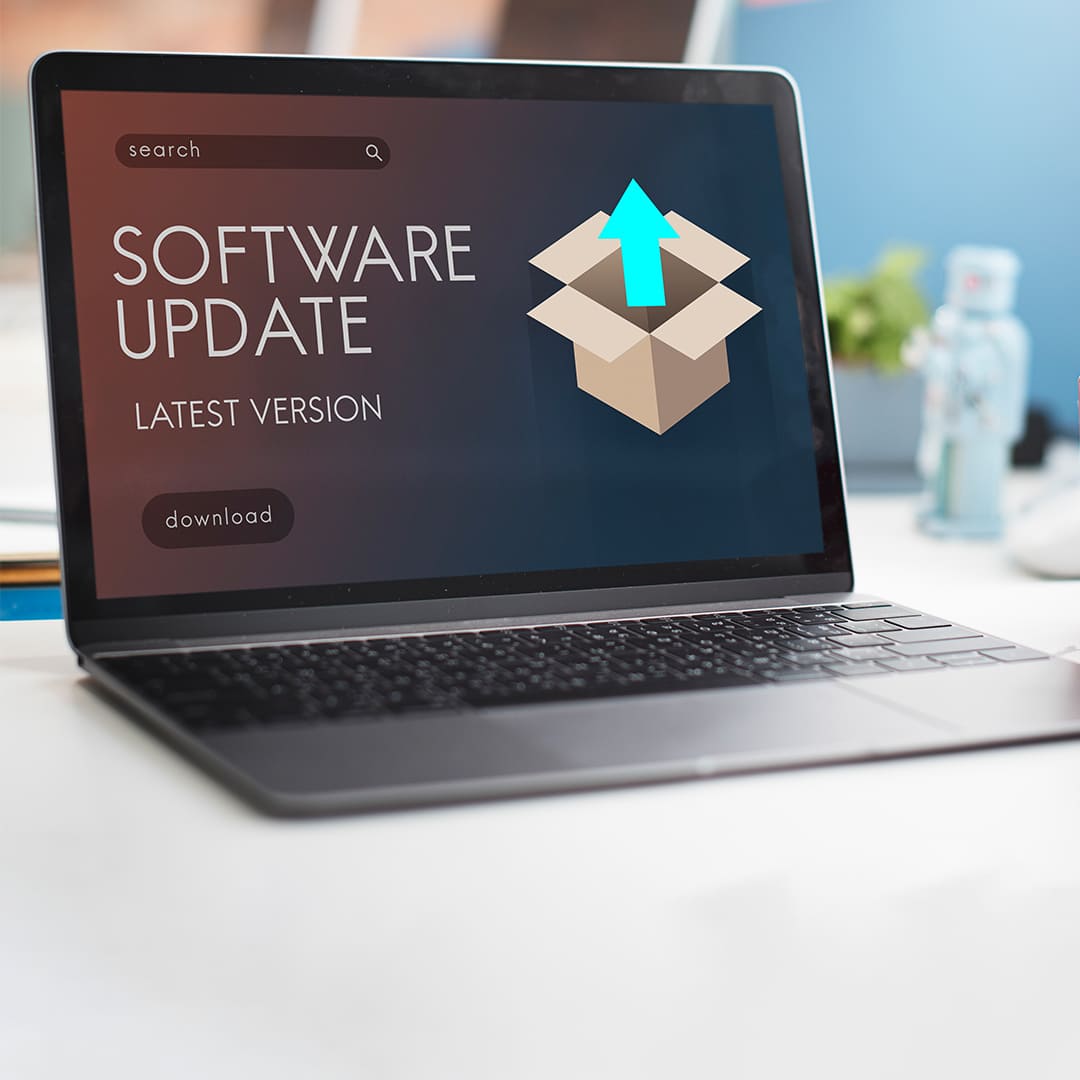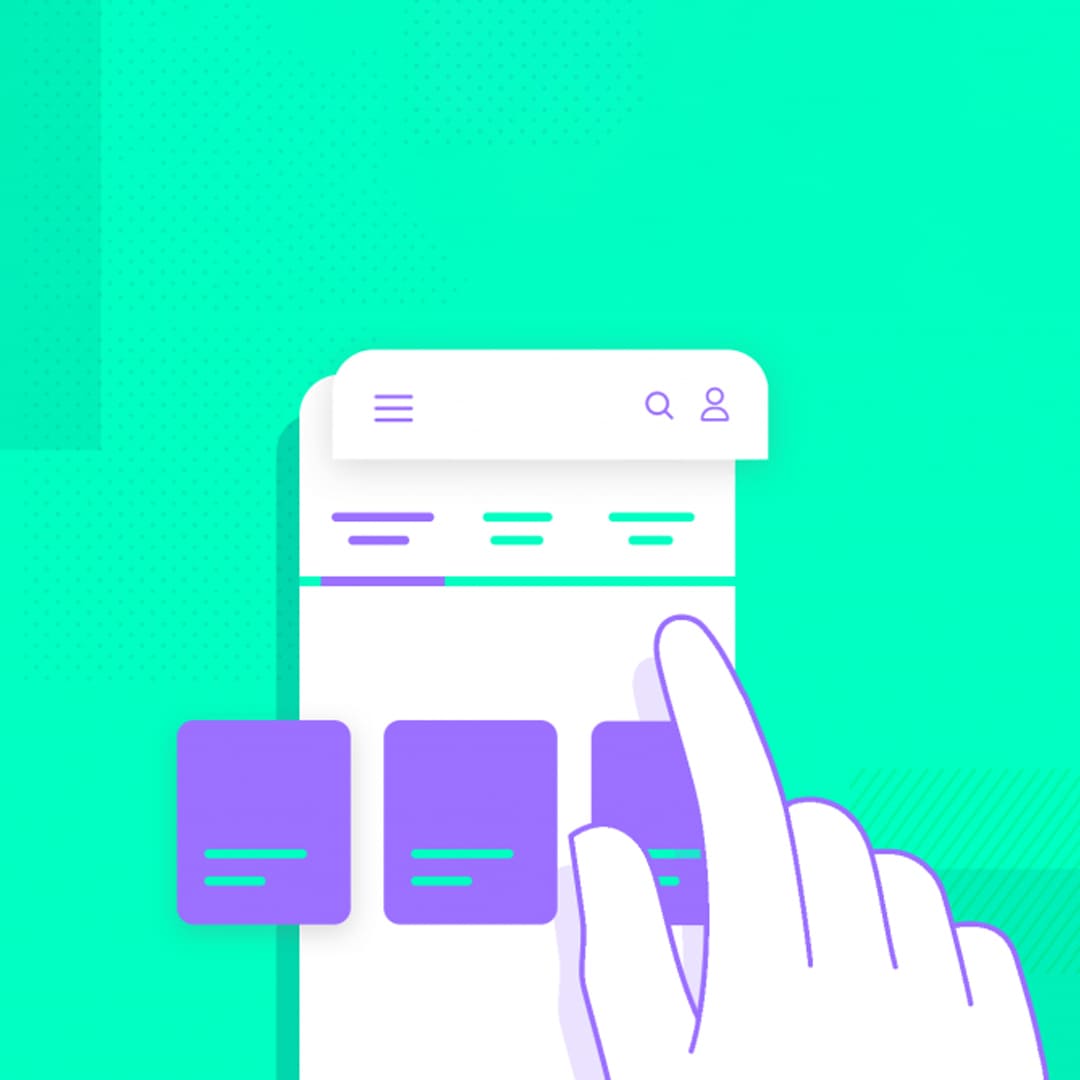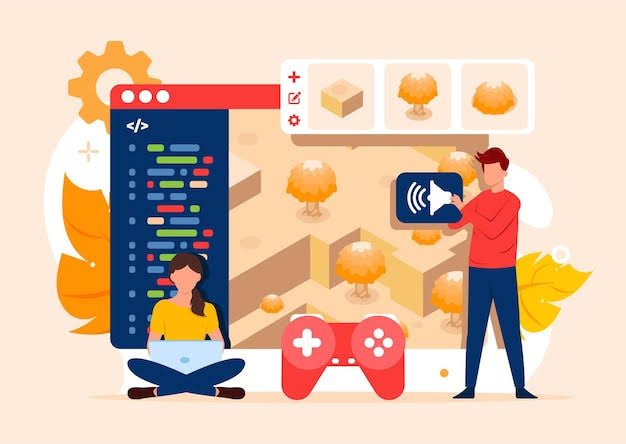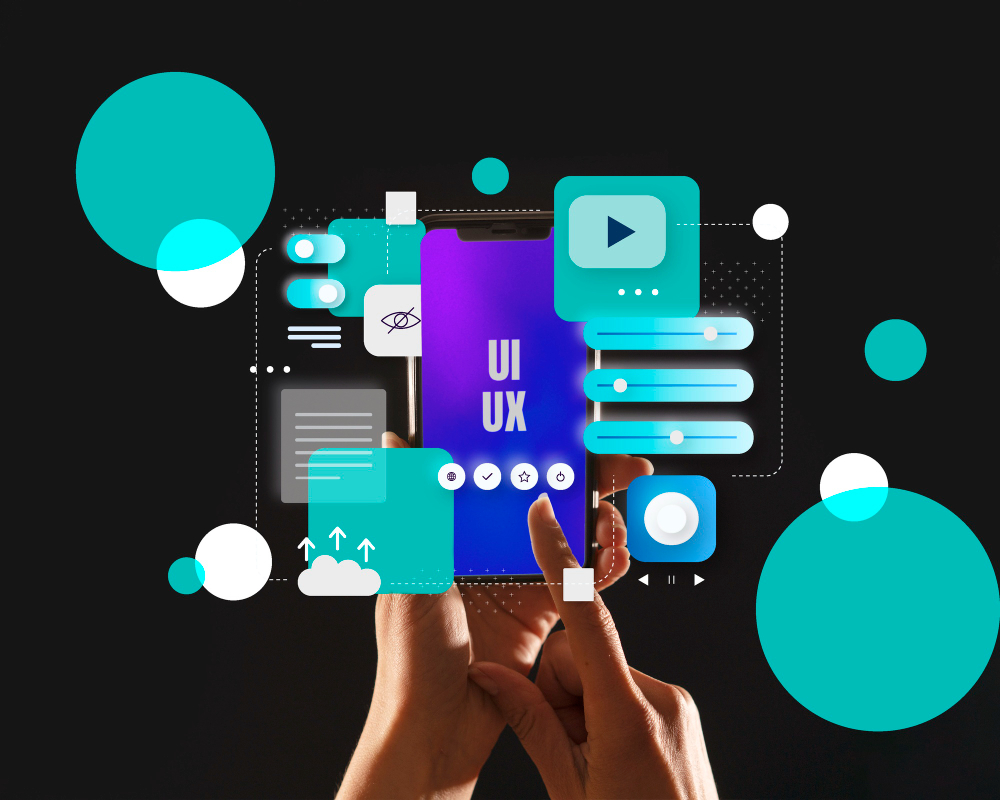The Power of Visual Content in Web Design

In the vast digital landscape, where websites compete for attention, the power of visual content has emerged as a crucial component of effective web design. Visual components have the power to fascinate viewers, effectively communicate messages, and significantly improve user experiences. In this in-depth investigation, we examine the value of visual components in web design, the skill of using graphics and images wisely, the use of captivating videos and multimedia, and the function of typography and visual hierarchy in producing visually stunning and immersive online experiences.
I. The Importance of Visual Elements in Web Design:
In order to make a good first impression and build a lasting relationship with visitors, visual aspects are crucial. A skillfully created visual design establishes the mood, conveys the brand's identity, and grabs the viewer's attention right away. It improves overall user engagement and gives a visual depiction of the website's goal. Web designers may direct people through the website, enhance navigation, and provide a simple user experience by carefully choosing and placing graphic elements.
II. The Art of Effective Images and Graphics:
Images and graphics are not merely decorative elements; they hold immense potential to convey messages and evoke emotions. When utilized effectively, they can transform a website into an immersive visual experience. Web designers must choose images that align with the website's content, create a coherent visual language, and complement the overall design aesthetic. Optimal image selection, optimization for web, and strategic placement can enhance the website's visual appeal and evoke a desired response from users.
III. Incorporating Videos and Multimedia:
Videos and multimedia have become indispensable tools in modern web design. They give the chance to create stories, show off goods or services, and interact with users more deeply. Web designers may create dynamic and interesting web experiences by using films, animations, and interactive components. From background videos that set the mood to interactive infographics that convey complex information, multimedia elements can elevate the website's impact and leave a lasting impression on visitors.
IV. Typography and Visual Hierarchy:
Typography is more than just choosing fonts and arranging text; it is an art form that influences the visual hierarchy and user experience. Proper typography enhances readability, conveys hierarchy and structure, and amplifies the overall design aesthetic. Web designers must carefully consider font styles, sizes, spacing, and contrast to ensure optimal legibility and visual appeal. By establishing a clear visual hierarchy through typography, designers guide users through the content, highlighting important information and enhancing comprehension. In the dynamic realm of web design, visual content reigns supreme. It stands out as a potent tool in the arsenal of designers due to its capacity to engage, convey, and inspire. Web designers may create appealing online experiences that leave a lasting impression by making good use of visual components like photos, graphics, videos, and typography. Websites may establish deep connections with users, encourage brand loyalty, and prosper in the always-changing digital environment by leveraging the power of visual storytelling and placing a priority on user experiences.
In conclusion, it is impossible to exaggerate the importance of visual content in web design. This blog has covered a number of important subtopics that emphasize the value of visual factors in erecting a charming and effective online presence.
First, we talked about how crucial visual components are to site design. We found that since visual content enables instantaneous and intuitive communication, it is vital for drawing in and retaining consumers. Through thoughtful selection and implementation of visuals, web designers can effectively convey messages, evoke emotions, and establish a strong brand identity.
Next, we explored the effective use of images and graphics. We discovered that engaging, correctly optimized, and high-quality visuals can improve user experience, engagement, and conversion rates. Designers may construct visually appealing websites that effectively communicate with their target audience by taking into account elements like picture placement, size, and responsiveness.
We also delved into the incorporation of videos and multimedia. Because they can instantly convey information and engage consumers on a deeper level, videos are becoming an increasingly popular media for web design. Designers may create an immersive and dynamic experience that keeps users' attention and increases their level of engagement by including multimedia components like films, slideshows, or interactive elements.
Typography and visual hierarchy were another essential aspect we examined. We found that using the right fonts, sizes, and spacing increases readability and legibility, enabling users to easily ingest material. Additionally, creating a distinct visual hierarchy through typography makes it possible for consumers to effortlessly traverse the website and concentrate on the most crucial content.
Finally, it should be noted that visual content is a potent tool that site designers should make the most of. Web designers can create engaging, user-friendly, and aesthetically stunning websites that leave an impression on visitors by appreciating the value of visual elements, using images and graphics effectively, incorporating videos and multimedia, and establishing a strong typography and visual hierarchy. Visuals have the power to attract and communicate ideas rapidly in the digital world, where attention spans are short, making them an essential component of contemporary web design.
Recent Stories
500k Customer Have
Build a stunning site today.
We help our clients succeed by creating brand identities.
Get a Quote











